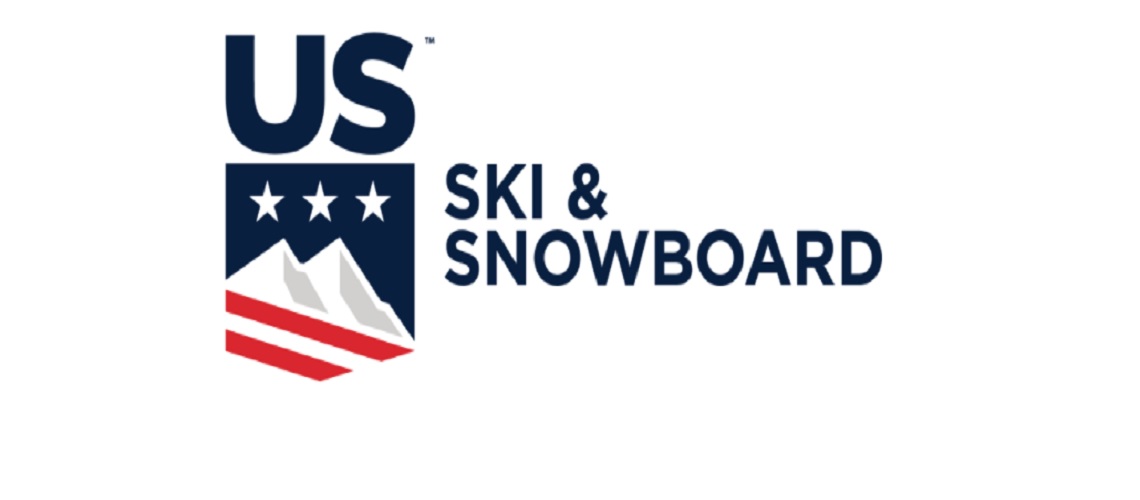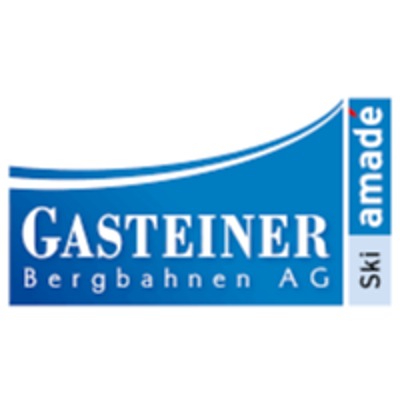USST Project 26 Refined

Back in 2017, U.S. Ski & Snowboard introduced what was deemed “Project 26”—the organization’s renewed focus and commitment to alpine development as a result of findings from a comprehensive, in-depth analysis conducted.
Beginning in the spring of 2016, U.S. Ski & Snowboard undertook the analysis to better understand and learn both from its own alpine development system and those of other major nations in the sport. After a nearly two-year study, changes were implemented with a specific goal to garner results at the 2022 and 2026 Olympics. The Project 26 study represented an evolutionary change in how U.S. Ski & Snowboard, along with its regional and club network, will approach national team selection and development programming in the future.
One of the key changes implemented prior to the 2017-18 season was an effort to work more closely with regions and clubs to create a deeper pool of elite developing athletes from 12 to 20 years old. Fast forward to today. What have we learned? After partnering closely with clubs, and implementing a strategy in which head development coaches Sasha Rearick and Marjan Cernigoj worked closely with clubs to manage athletes with the club rather than directly under the U.S. Ski & Snowboard umbrella, Alpine Development Director Chip Knight has announced that the Land Rover U.S. Alpine Ski Team will evolve the Project 26 initiative by taking over direct athlete management of the named Development Team athletes.
“We are treating it as a team and looking after our athletes that have been nominated as part of our national team,” Chip explains. “It’s really consistent with the Athlete Project, as I see it, and with our goals of moving athletes up through each of the three layers of our national team; NorAm team, Europa Cup team, and World Cup team. And we’re doing it while trying to maintain the same principles and outward-facing direction of Project 26, which is incorporating athletes on an invitation-basis to projects, having good, meaningful crossover exposure with parallel projects and opportunities to train-up—either with the NorAm team or with the Europa Cup team, and also incorporating coaches as part of coaches’ education, working with Sasha and Marjan at projects throughout the year.”
Refinement of Project 26 Move Forward
This evolution comes as a result of a keen eye on the data. “Our biggest successes over the last two years have been athletes within our D-Team who we’ve closely managed and have been able to give meaningful training opportunities and especially crossover opportunities up with the Europa Cup team,” Chip added.
Chip said that athletes like Keely Cashman and Alix Wilkinson on the women’s side, and Ben Ritchie and Isaiah Nelson on the men’s side—have all built strong working relationships with Marjan and Sasha, and have been able to get amazing opportunities up in the National Team with training and exposure through last season that contributed to their success and their ability to move up through the system. “All of these athletes have moved up into the B and C Teams now, with the exception of Alix, who had an injury this year but was on track to be racing in the World Cup in the spring.”
For Chip, these are the big success stories, and he admits the scenarios that have provided more challenges are those where we’ve had fractured management and have not really been able to impact their programming even though they’ve been on a track with their ranks and performances to be at the National Team level. “They’ve been sort of lost, and oftentimes coming back to us saying, ‘I didn’t feel like I was part of a team,’ or ‘I didn’t know who my coach was at the NorAm races,’ and stuff like that,” Chip shared.” So that’s the feedback we’re trying to overcome and solve around.”
Additionally, adds Chip, there is a shift in nomenclature for these groups to “NorAm Teams” for two reasons: 1) To draw a distinction between them and the “D-Team” or “Development Team” of the past two years, and 2) To help explain why we have both C- and D-Team athletes being managed together at this level.
How Project 26 Worked for Jack Smith
U.S. Ski Team alumnus and Olympian Will Brandenburg, who is currently the Sun Valley Ski Education Foundation (SVSEF) Executive Director and Alpine Program Director, shared another athlete story and case study for the program evolution—that of his athlete Jack Smith, who is currently a named Development Team athlete.
“Jack is a really good example of Project 26 working,” said Will, “he was one of the tail-end guys who was able to get into those first D-Team level projects and camps, and it was a big push by me and Randy Pelkey, who was here that one year with Jack, to make sure he was getting those opportunities. It gave Jack experiences that the club couldn’t offer, with that pace and the detail Sasha put into the programming, and he [Jack] was so hungry.”
Because Will knew this was a great opportunity, he and the SVSEF program approached it with Jack by saying: “Hey, you’re the last person in—you need to be the first one in the lift line every morning, the first to every dryland session, the last one to leave the hill…you have to show them that you work, and how much you want it. That’s the only way you’re going to keep getting picked up for the next camp, and your goal is to prove yourself so you keep getting picked up for the next camp.’ Jack did just that, proving himself throughout that summer and going into that next winter strong, making criteria for the Development Team for the 2019-20 season. Will added, enthusiastically, “Without that program, how would we find pace? He still could have done it, it just would have looked a lot different. It really worked.”
However, when Jack moved to the Development Team, it provided new challenges for Will and SVSEF. Will thought to himself, “‘Ok, now that he’s at this level, how do you push him to the next one?’ And that’s where that fine-tuned detail of management needs to happen,” he said. “It’s like you’ve kind of surpassed what the club can offer unless we go and hire you a private coach.’ There was a Western Region PG group he was kind of a part of last year, with Fletcher McDonald, and when he was struggling on the road, he’d call me.”
During that time, Jack didn’t have a “home”. Hence, the need for the U.S. Alpine Ski Team to step back, reassess, and ultimately evolve the Project 26 initiative, taking over direct athlete management of the named Development Team athletes.
For this reason, Will feels that the direction that the U.S. Alpine Ski Team is moving is “perfect” for the named athletes. “It needed to happen again,” he said, “and I guess the question now is, how do we craft opportunities for others like Jack had as he got into the system?” Chip says that the Team will continue to organize parallel National Development Group (NDG) projects, led by our regional coaches, under the guidance of Marjan and Sasha. These projects will allow our best-emerging athletes to have good support and crossover exposure opportunities.
Will is “fired up” with everything he’s hearing with how U.S. Ski & Snowboard is handling the National Team—the named Development Team and up. “It just seems like it’s so much better than when I left, and how I’ve seen it in previous years since I’ve been gone,” he said.
When Project 26 was rolled out in 2017 is when Will left the Western Region job and came back to Sun Valley as the program director. As such, he knew all of the ins and outs of how that system was going to work, and he knew Sasha, so Will felt it was seamless for Jack and him to create a plan to work with that system. “For me, it worked...” he added. “...And I was probably the loudest person in Chip’s [Knight] ear about how Project 26 was the dumbest idea ever, which is funny because it ended up working really well for us,” he laughed.
What about the future of the sport?
From Alpine Director Jesse Hunt’s perspective, the continued investment in development is key to achieving his “winning at every level” mantra. “This investment in development will afford us the opportunity to provide a ‘win at every level’ approach to programming,” said Jesse. “We will have a managed program at the World Cup, Europa Cup and N levels to ensure we can compete at these levels and the World Junior Championships.”
What’s next for the Development Team? The men’s crew just wrapped a successful camp at Official Training Site Timberline Lodge & Ski Area, while the women will be at the Center of Excellence in Park City, Utah for a strength and conditioning camp before heading to Mt Hood themselves.
The 2020-21 Land Rover U.S. Alpine Ski Team nominations were announced in May. A staff announcement will be forthcoming, while an official Land Rover U.S. Alpine Ski Team announcement will be made in the fall.
2020-21 Land Rover U.S. Alpine Ski Team NorAm Team Nominations
(Hometown; Club; Birthdate)
NORAM TEAM
Men
Jacob Dilling (Vail, Colo.; Ski & Snowboard Club Vail, 10/19/1999)
Kellen Kinsella (Edwards, Colo.; Dartmouth College and Ski & Snowboard Club Vail; 8/7/2001)
Isaiah Nelson (Wayzata, MN.; Buck Hill Ski Racing Club; 4/3/2001)
Trent Pennington (Shalimar, Fla.; Ski and Snowboard Club Vail; 5/8/2002)*
Jack Smith (Sun Valley, Idaho; Sun Valley Ski Education Foundation; 4/24/2001)
Bradshaw Underhill (Newbury, N.H.; Killington Mountain School; 3/10/2000)*
Women
Lauren Macuga (Park City, Utah; Park City Ski & Snowboard; 7/4/2002)
Ainsley Proffit (St. Louis, MO; Sugar Bowl Ski Team & Academy; 3/21/2001)
Allie Resnick (Vail, Colo.; Ski & Snowboard Club Vail; 9/1/2001)*
Emma Resnick (Vail, Colo.; Ski & Snowboard Club Vail; 7/23/2003)
Nicola Rountree-Williams (Edwards, Colo.; Loveland Ski Area; 7/7/2002)
Zoe Zimmermann (Gilford, N.H.; Burke Mountain Academy; 5/16/2002)
*Newly named to the U.S. Ski Team













